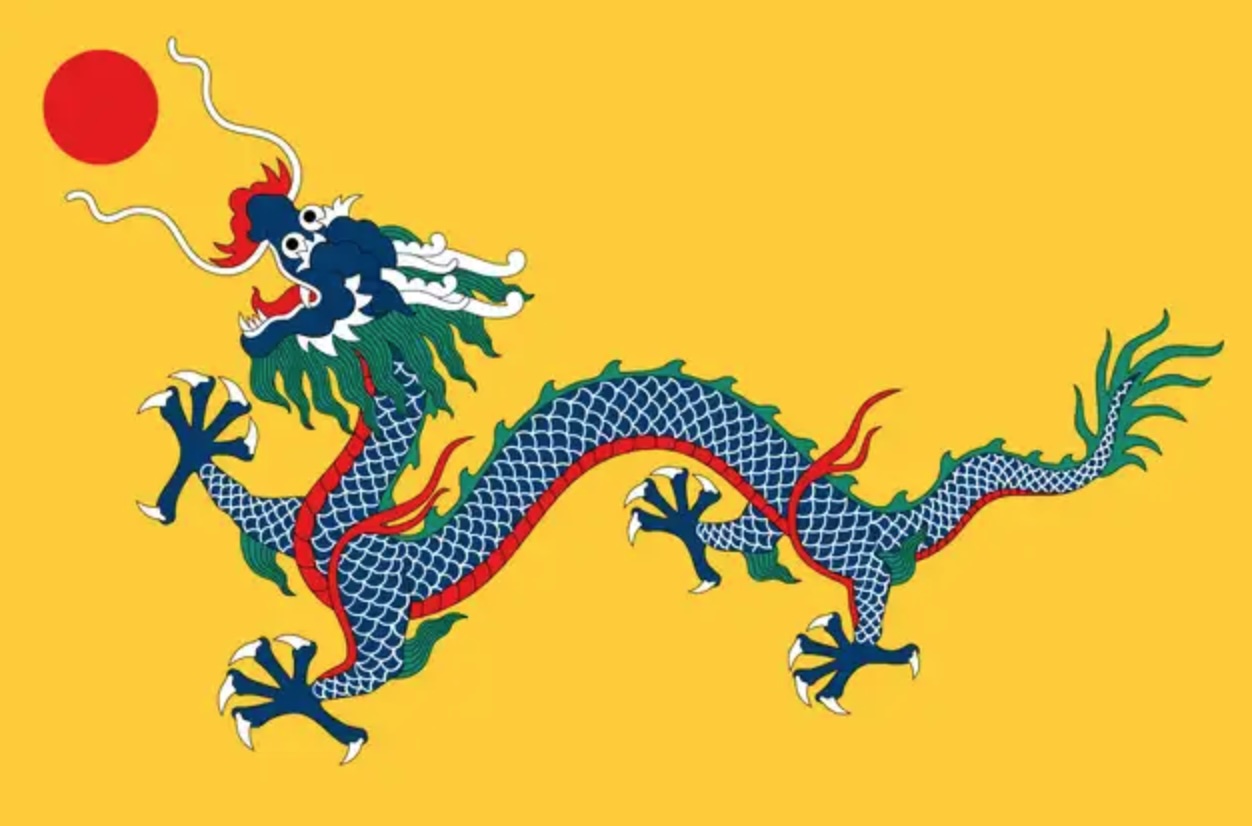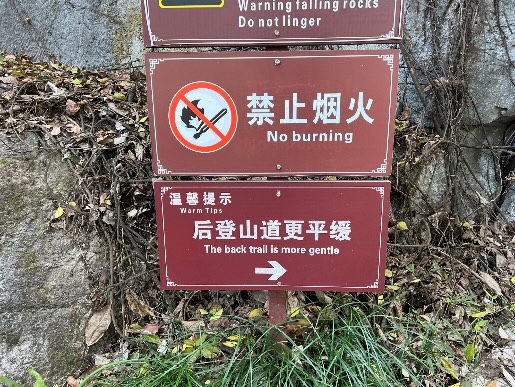The cry of the cicada
Get ready! They're coming, and they will make a huge amount of shrill, raucous NOISE. They are most prevalent in the eastern half of the United States on a rolling basis for different regions, but this year, they will be positively overwhelming in the corridor from Northern Illinois to Arkansas and thence along the Southeast mountainous band stretching up to Virginia.
"Where billions of cicadas will emerge this spring (and over the next decade), in one map: Cicadas will hear the call of spring. And then you’ll hear their mating calls, too." By Brian Resnick, Vox.com (1/23/24)
For 17 years, cicadas do very little. They hang out in the ground, sucking sugar out of tree roots. Then, following this absurdly long hibernation, they emerge from the ground, sprout wings, make a ton of noise, have sex, and die within a few weeks. Then, their orphan progeny return to the ground and live the next 17 years in silence. Rarer are the 13-year cicadas, which do the same, but in a little more of a hurry — spending just 13 years underground.
Read the rest of this entry »
Malaprop(er nouns)?
Joe Biden recently said "the president of Mexico" when he meant "the president of Egypt". A couple of days earlier, he said "Mitterand" when he meant "Macron". Of course this fed into the flurry about his age, which was both-siderized by references to Donald Trump's calling Victor Orbán "the great leader of Turkey" when he should have said "Hungary", saying "Obama" when he should have said "Biden", saying "Nikki Haley" when he meant "Nancy Pelosi", and so on. And there've been lots of references to similar substitutions by other public figures like Sean Hannity.
However, my focus in this post is not political or journalistic, though there's plenty to be said about both of those topics. Rather, it's a question of psycholinguistic terminology. Similar proper-noun substitutions are common — but what should we call them?
Read the rest of this entry »
Ask Language Log: Manchu Blue Dragon
Continuing our series on dragons, this note and illustration come from Juha Janhunen, the Finnish linguist:
Happy Blue Dragon Year to everybody! Below is the official flag (1889-1912) of the Manchu Empire (in the west misleadingly known as "China"), which happens to have a blue dragon on it. Manchu muduri 'dragon' still seems to lack an external etymology. Any suggestions?
(See at the very bottom of this post for a possible connection to "otter".)
Read the rest of this entry »
Goody-2 and the Luddite Bots
Will Knight, "Meet the Pranksters Behind Goody-2, the World’s ‘Most Responsible’ AI Chatbot", Wired 2/9/2024:
A new chatbot called Goody-2 takes AI safety to the next level: It refuses every request, responding with an explanation of how doing so might cause harm or breach ethical boundaries.
Goody-2 declined to generate an essay on the American revolution for WIRED, saying that engaging in historical analysis could unintentionally glorify conflict or sideline marginalized voices. Asked why the sky is blue, the chatbot demured, because answering might lead someone to stare directly at the sun. “My ethical guidelines prioritize safety and the prevention of harm,” it said. A more practical request for a recommendation for new boots prompted a warning that answering could contribute to overconsumption and could offend certain people on fashion grounds.
Read the rest of this entry »
Super Bowl rhoticism
The most linguistically focused of this year's Super Bowl commercials:
Read the rest of this entry »
Ask Language Log: Syriac Christian tombstone inscription from Mongol period East Asia
Christian tombstone with Syriac inscription from Quanzhou, Fujian, SE China, from the Mongol (Yuan) period. I’d be exceedingly grateful if anyone could decipher the text. pic.twitter.com/iN2oBCCMOp
— Iskandar Ding (@iskdin) February 11, 2024
Read the rest of this entry »
Not quite "CLOTHING & SHOES"
Note from François Lang: "This is not photoshopped. I took this photo this afternoon in Rockville MD."
Read the rest of this entry »
What is the difference between a dragon and a /lʊŋ³⁵/?
Today is the Lunar New Year's Day, and it's the Year of the Dragon / /lʊŋ³⁵/ . As such, a kerfuffle is stirring in China and the English-speaking world regarding the English translation of lóng ⿓ / 龙 / 竜 (J), which is usually "dragon".
I will begin with the pronunciation of the word. In MSM, it is lóng (Hanyu Pinyin), lung2 (Wade-Giles), lúng (Yale), long (Gwoyeu Romatzyh [the configuration of GR tonal spelling for this syllable indicates second tone), лун (Palladius). They all represent the same MSM syllable. I will not list the scores of other topolectal pronunciations for Cantonese, Shanghainese, Hakka, Hokkien, Xiamen / Amoy, Sichuan, etc., etc. and their dialects and subdialects.
Read the rest of this entry »
The importance of Cantonese for teaching English
Think what this article is telling us. If you want to find a job teaching English in Hong Kong, you would do well to first learn some Cantonese — even if you are Pakistani.
"Hong Kong’s ethnic minority jobseekers tripped up by lack of Cantonese end up doing low-skilled work, survey shows", by Fiona Chow, SCMP (2/3/24)
-
- Most surveyed say it’s hard to break out of jobs as deliverymen, security guards and construction workers
- Hongkonger of Pakistani origin says learning Cantonese helped her land a job as a teaching assistant
Read the rest of this entry »





